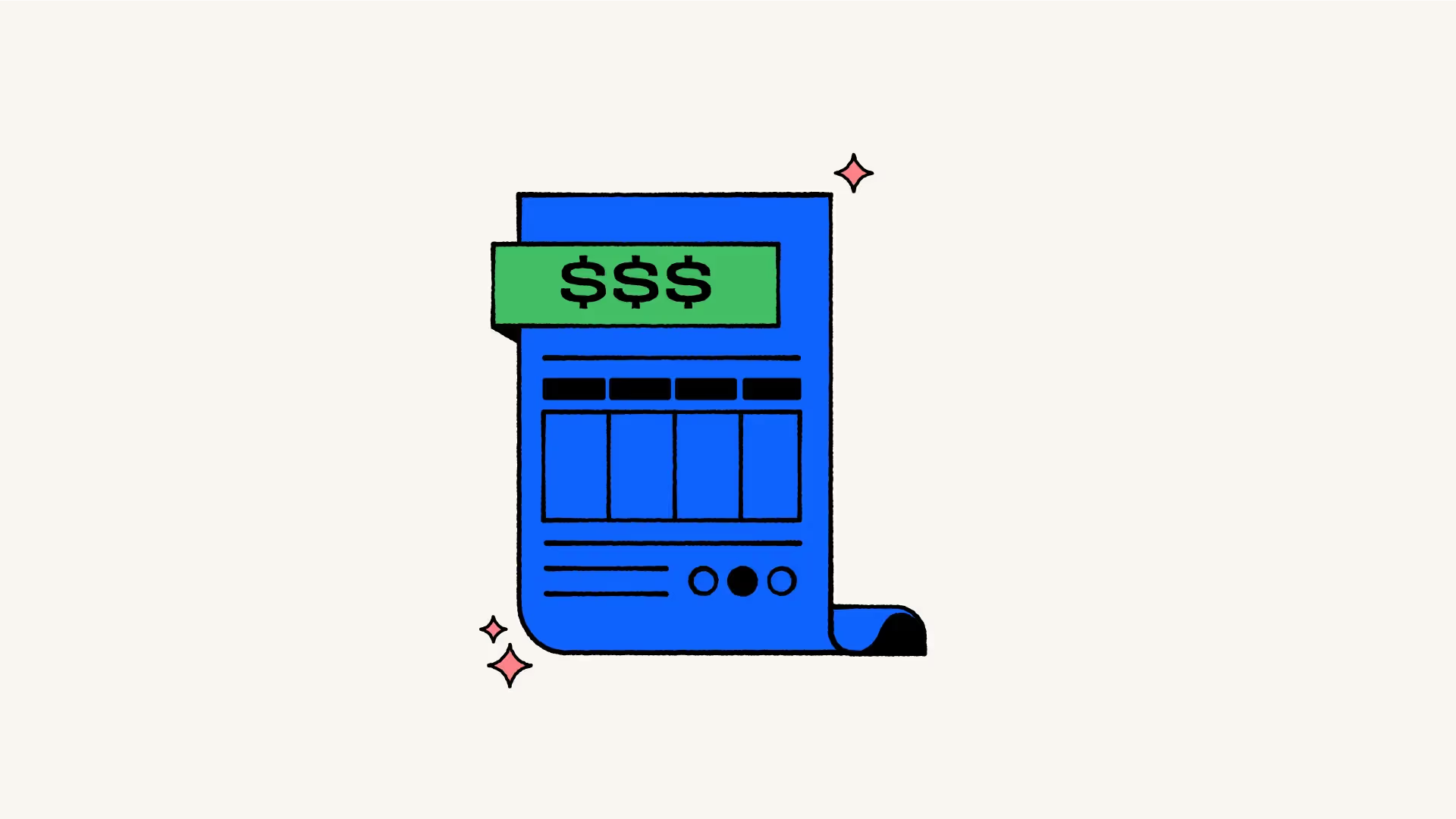Whether you’re a small startup or a large enterprise, invoicing is crucial to maintaining positive cash flow for your business. But, when to send an invoice to your customers can be a touchy subject for many businesses.
Do you need to start invoicing before or after the deal is closed or after the implementation is complete? What happens if your project scope changes after you’ve started? Do you need to change your pricing depending on the changes?
These situations can be challenging, lead to misunderstandings and confusion, and can ultimately delay the payment. Here are some suggestions to help you with your invoicing strategy.
Srikrishnan Ganesan, Co-founder, Rocketlane
For the mid-market and enterprise-focused companies that need implementation, revenue recognition happens when the customer can “use their services” or when the “service is delivered”. This happens after the go-live phase. Check the “ASC 606” revenue recognition standard to know more about this. But this shouldn’t stop you from collecting the payment once the contract is signed.
Check with your finance team on how invoicing works. The invoicing period may depend on when you will recognize the revenues, but the invoice itself can be raised immediately and payments collected. This ensures your customers are motivated to start earlier as they have now paid, and there should be some expiry of your obligation to implement beyond a point.
To address deployment delays by clients, use the following options:
- Tell them they must pay more for the implementation services beyond the expiry date of your customer implementation process. Have some form of penalty on delays from their end - make it part of the contract.
- Sign off on project timelines and ask them what you should do if they delay. Asking this right at the beginning can also help you assess how aggressively you can follow up, when to escalate, etc.
- Join hands with the customer-side leadership to create KRAs for their team members around value realization from your product, so everyone is aligned to help you hit your dates and outcomes. However, the risk is sub-optimal customer implementation to ensure hitting the committed goals and dates.
- If required, extend the contract period based on when the go-live happens compared to when it was originally planned.
Jeff Kushmerek, Founder - Jeff Kushmerek Consulting
Ideally, start the ARR clock when the deal is closed and have the customer implementation fee invoiced at 50% of the deal. This is how I usually lay them out:
Initial 50% paid on the effective date and the remaining 50% as outlined in the schedule below:
- 15% on the 1st Day of Month 2
- 15% 1st Day of Month 3
- 15% 1st Day of Month 4
- 5% 30 days after the Acceptance Date
It’s better to have a standard customer onboarding plan that lists the dependencies and acceptance clauses unrelated to going live.
You should be scoping the project with your implementation team to see what delays could arise for enterprise customers. From there, you add them to your SOW. You can protect against with language in the SOW.
Also, specify a review period, say, five days, and they are deemed accepted when the period expires unless the client provides proper feedback. This may seem like a lot of structure and process, but it is required once you start getting enterprise customers.
It’s recommended to have a lightweight business requirement document added to the SOW, outlining the exact scope of the implementation for the enterprise. These need to be fleshed out in the presales phase.
Read more: Packaging your services and creating the right offering for your customers
If you’ve any additional strategies you want to share, we’d love to have you join Preflight Community and share it with our members!

























.webp)